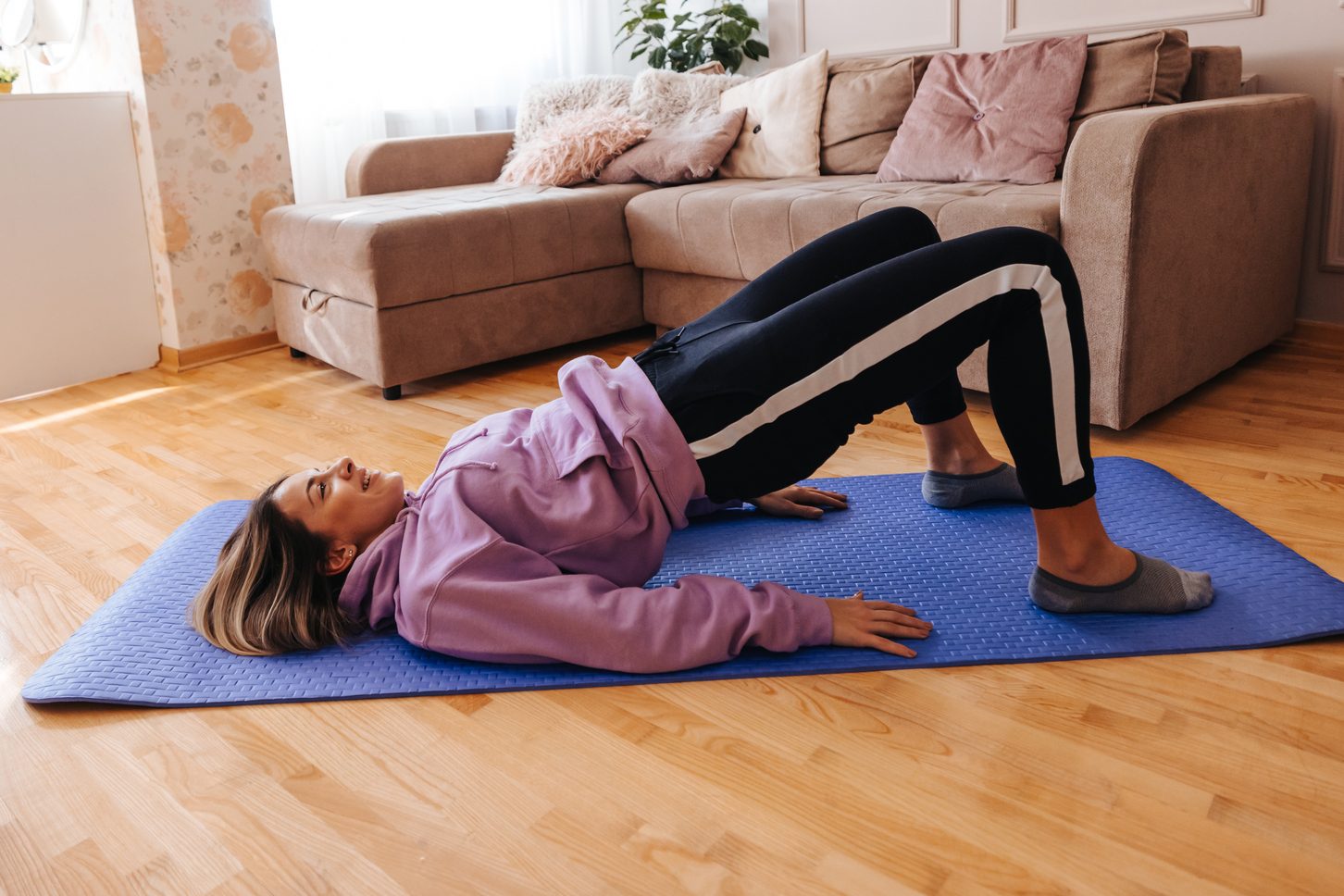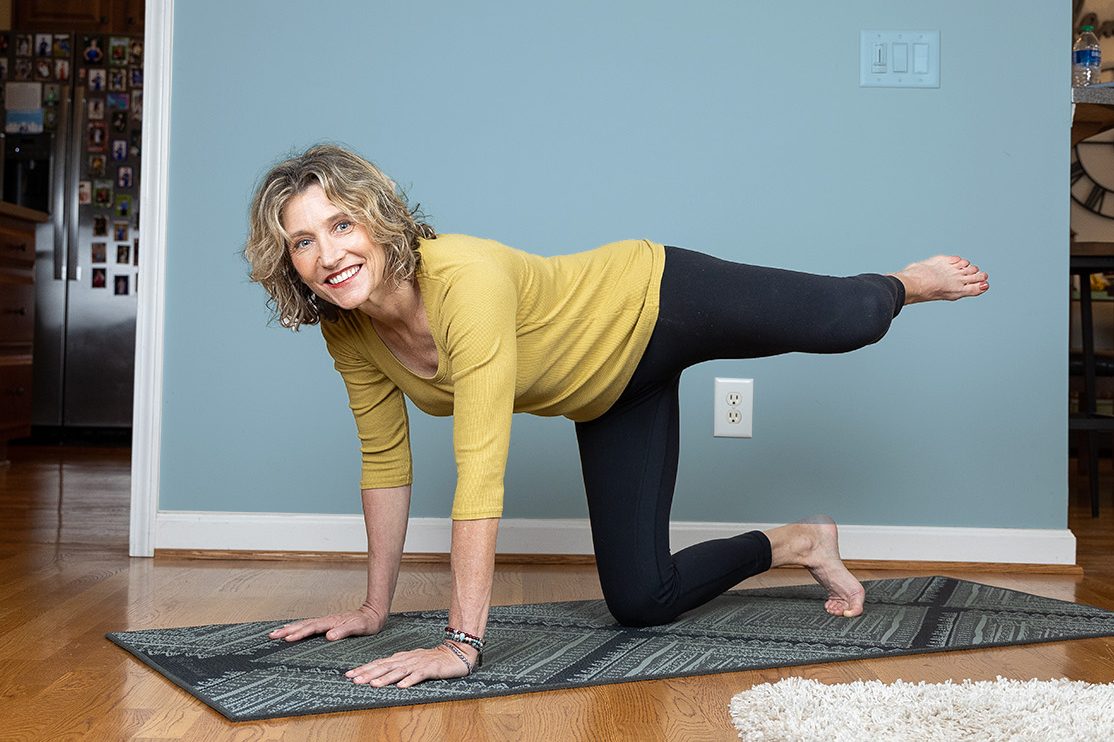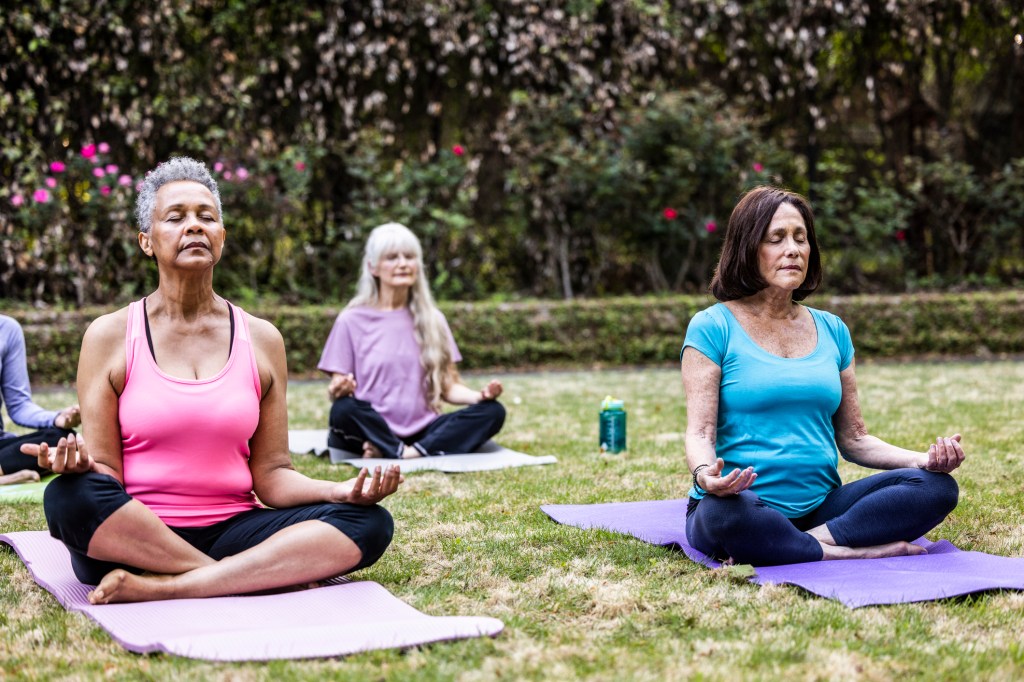From globalnews.ca
Dave Myen didn’t think much about being the first patient in Canada to receive a robot-assisted direct lateral spine surgery two months ago. He was just looking for anything to relieve the pain.

Now he says he feels thankful the robot enabled minimally invasive surgery and reduced recovery time.
“When I woke up from surgery, the sciatica was gone. It’s just amazing.”
He still has about four months to go until the fusion of his impacted vertebrae is considered complete, but he says everything is progressing well.
Myen suffered from chronic back pain that led to sciatica in his right leg and extreme pain in his lower back, impacting his daily life “to the point that the shooting pain in my right leg caused me to stumble and fall.”
After numerous visits with his family doctor, chiropractors and massage therapists, he ended up at London Health Sciences Centre in London, Ont., as the first patient in the country to undergo the procedure with the Mazor X Spinal Robot.
While robotics have been used in spinal surgeries in Canada before, LHSC said this was the first time it was used in a direct lateral surgery, which basically combines two surgeries in one.
“Normally when we do back surgeries we put the patient on the operating table when they are facing downwards,” Dr. Victor Yang, neurosurgeon at LHSC, explained.
“In Dave’s scenario, he also needed surgery done from the side of the spine as well…In the old days, we will do this surgery in two stages. And sometimes they (were) even spread over different days. And even if we can do it on the same day, we’ll still have to flip the patient between two positions. And that means that the patient will be under anaesthetic for a longer time.”
Dave Myen, left, and Dr. Victor Yang, right. supplied by LHSCThe robot allowed Yang and the rest of the team to perform two surgeries in one, in a minimally-invasive way. The robot allows the team to “virtually” see where the patient’s bone is and then guide them in the right direction. Because it was minimally invasive, it also sped up recovery time, meaning Myen was discharged from the hospital in just a few days.
Robotic surgery is not as simple as purchasing a robot and booking surgeries. In this case, the Schulich School of Medicine and Dentistry at Western University funded the original cost of the robot for research purposes before it was fully approved by Health Canada. Yang said they spent over a year studying the robot, learning how to use it and training the team. The Mazor X received Health Canada approval in July 2021 and the technology was transferred to LHSC for clinical use.
“Having a robotic surgery program takes a whole village, it is not a one-person job,” he said. “We have Dr. (Marcelo) Oppermann, who is my clinical fellow, and also all of our operating room nurses, and they were trained over multiple sessions…the neuro-radiologist, as well as a neuro-anaesthetist and the vascular surgeons, they (also) form part of our team to make this new technology available for our patients.”
The clinical neurosciences team has since successfully performed five more minimally invasive surgical spinal procedures with the robot.
Dr. Yang stands behind the Mazor X robot. supplied by LHSC
Yang believes its use will become more and more commonplace in spinal surgeries, where robotics is not yet as well-established as it is in other surgeries, as it provides “more consistency and, in general, better outcomes and care.”
Myen, meanwhile, is excited about the possibilities the surgery has granted him.
“I am excited to get back to my everyday life and some of the things I enjoy and also have a summer that is not full of pain, but rather freedom to do the things I want.”
https://globalnews.ca/news/10450034/london-health-sciences-centre-robot-spine-surgery-sciatica/







